Warning: Get your brushes out. This article may ruffle a few feathers
There are myths out there in every facet of the world. And the deer hunting realm is no exception. The number of myths out there are many. And the deception is real.
I'll readily admit that I've believed in several of these at some point in my life. But education corrected my flawed perceptions, and I'm a better and more knowledgeable deer hunter and steward because of it.
So I ask you, have you ever fallen victim to one of these tall tales?
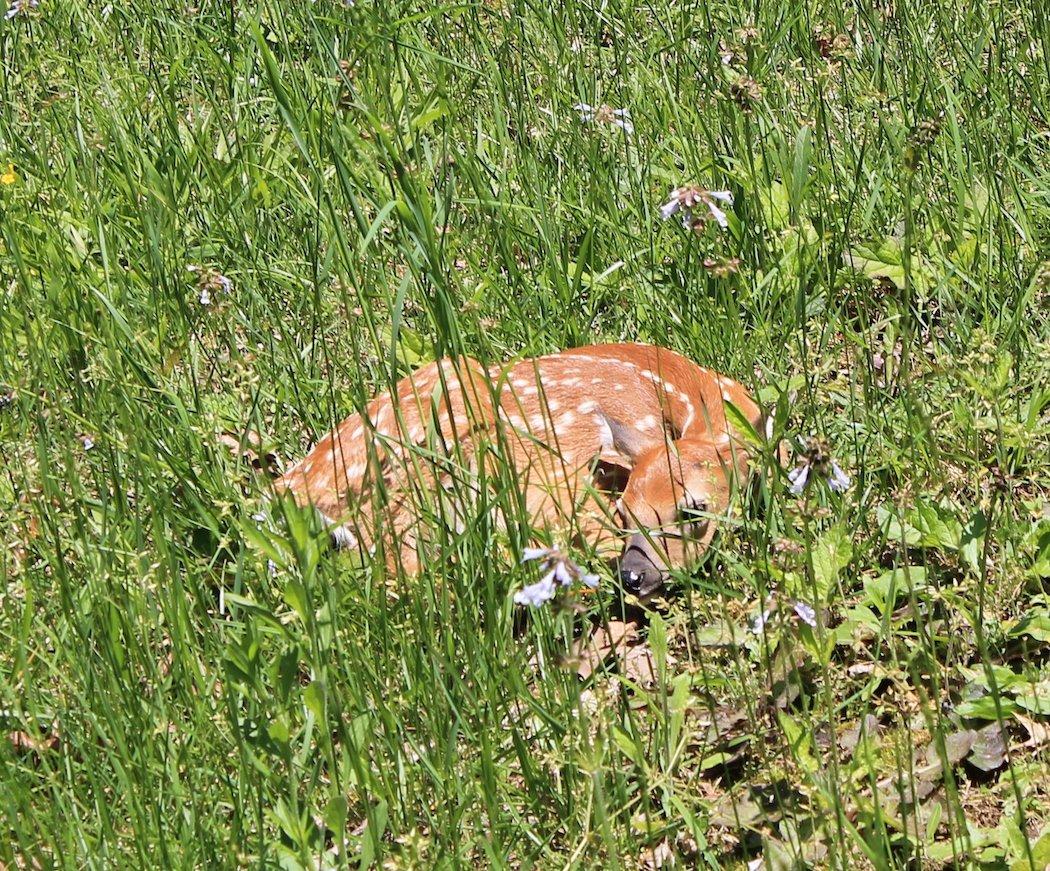
It's a common misconception that bucks influence their offspring more than does do. That's simply not true. The fact is that both bucks and does contribute approximately 50 percent of the genetic makeup of a fawn. Antler characteristics can be influenced by either one.
Beyond that, which of the two will raise the fawn. The doe will. She'll nurse it, nourish it, and raise it up. If for some reason that fawn has a hard life (late-born, the doe lacks milk production, the mother places it in low-quality cover, etc.), it's on that doe. And research shows fawns that have a hard life produce subpar antlers as yearlings. And, on average, it tends to carry over each year afterward.
So in essence, the doe plays a greater roll in antler production than bucks do.
Another myth about fawns is that they don't have scent when born. The truth of the matter is that they do. Don't let someone try to convince you otherwise.
Photo credit: Josh Honeycutt

Some people think age is the determining factor in whether or not a doe will breed. Not so. If that's the case, why do some doe fawns breed and others don't? The determining factor is weight. If a doe fawn has access to high-quality food and cover, it will likely breed in its first year. If it doesn't, then it won't. That's why more than 50 percent of doe fawns in the northern Midwest will breed and only five to 10 percent (at best) of them will in the southeast.
Photo credit: Josh Honeycutt

We've all heard that guy who said his buck-to-doe ratio was 1:10. Well, if you hear him say that again, tell him it's virtually impossible to observe a ratio higher than 1:5and three does per buck is even more realistic in a bad situation. Don't be fooled by those who try to say otherwise. The data proves them wrong.
Photo credit: Dennis W. Donohue/Shutterstock
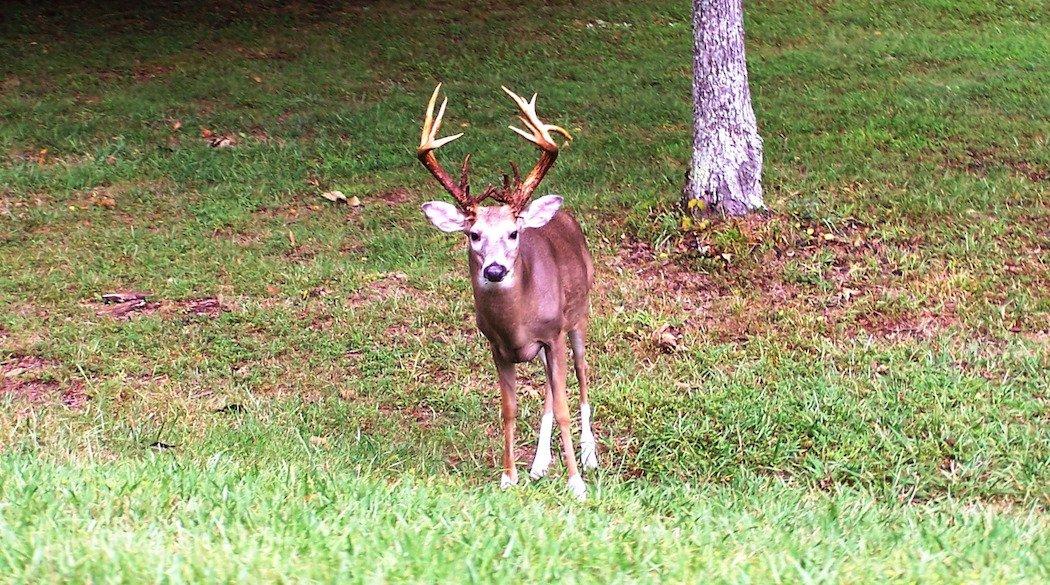
The truth of the matter is we don't know for certain exactly how many subspecies there are. A lot of those differentiations between subspecies come from geographical features and other factors. But the number most experts side with is 38 subspecies in the continental U.S.
Photo credit: Chantal Honeycutt
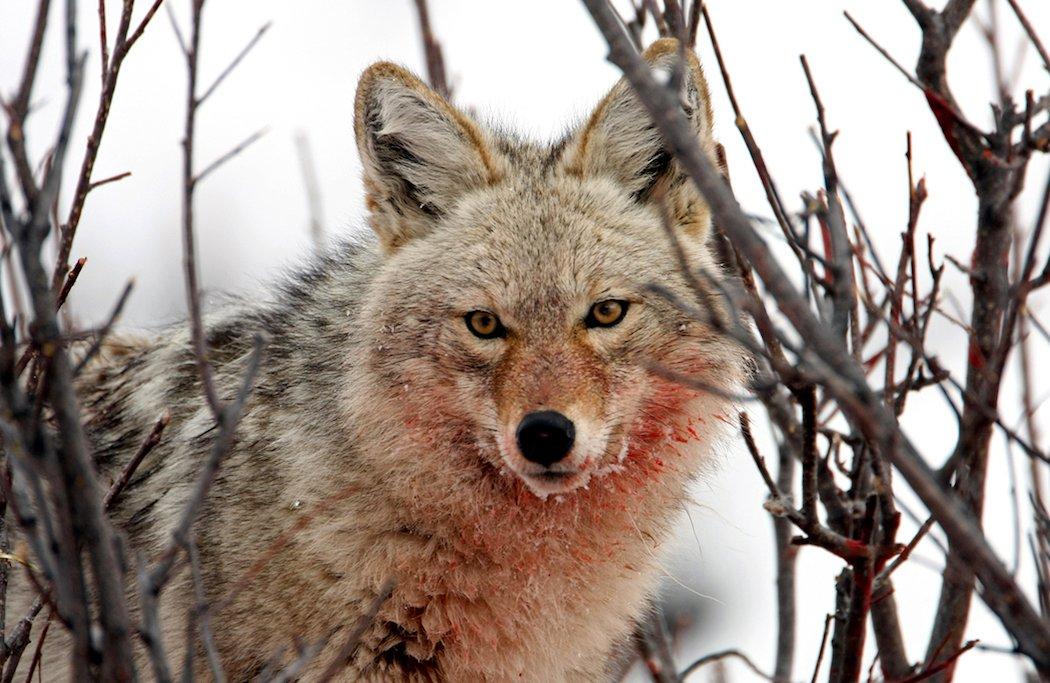
Extensive studies on the Savannah River Site in South Carolina have shown that once-thriving fawn recruitment rates (as high as 1.2 to 1.3 fawns per doe), have declined to around 0.2 to 0.3 fawns per doe as coyote populations have increased. And of that number, 60 to 65 percent of that fawn mortality was caused by coyotes.
In other words, in parts of South Carolina, it's taking five adult does to keep one fawn alive to see its first fall. And it isn't just South Carolina. These numbers range from 0.2 to 0.6 for many states in the eastern half of the country. The only state left with a fawn recruitment rate higher than 1.0 is Kentucky. It's time we get our predator populations under control.
Photo credit: Denver Bryan/Images On The Wildside

Actually, there are numerous studies out there to show that bucks don't do this. Instead, bucks tend to move less in daylight, confine themselves to smaller core areas, and do not venture far from bedding locations when hunting pressure is applied to an area. But they generally do not pack up and trek 30 (or even three) miles down the road.
Photo credit: Josh Honeycutt

Biologists are still studying rubs and rubbing behavior to further understand it. But the old saying that bucks rub trees only to remove velvet is false. Experts now realize that these are communicative signposts used by bucks and does.
Photo credit: Tony Campbell/Shutterstock
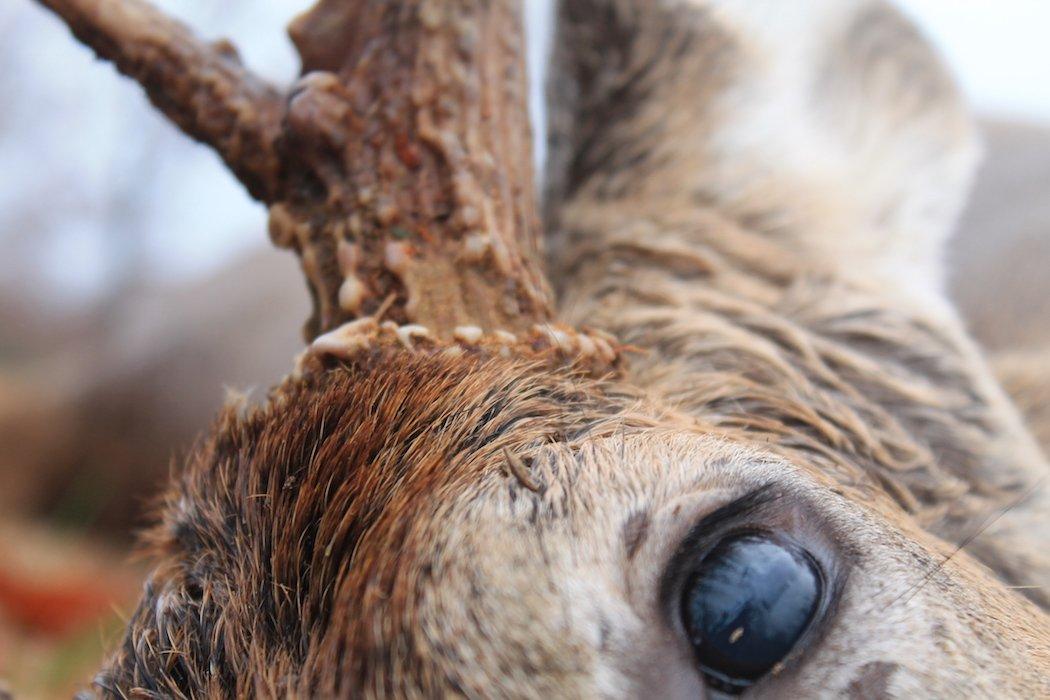
Perhaps this deer can't see color. Because it's dead. But the tall tale that live deer can't see color is yet another myth. Instead, deer see dichromatically. In layman's terms, deer are red and green color blind. However, they can see the color blue 20 times better than we can. You won't be wearing them blue jeans to the stand anymore will ya, eh?
This is also the reason that deer see best at dawn and dusk. Ever notice how blue everything looks during those two times? Deer do. And that's one of several reasons why deer move most during those two times.
Photo credit: Josh Honeycutt
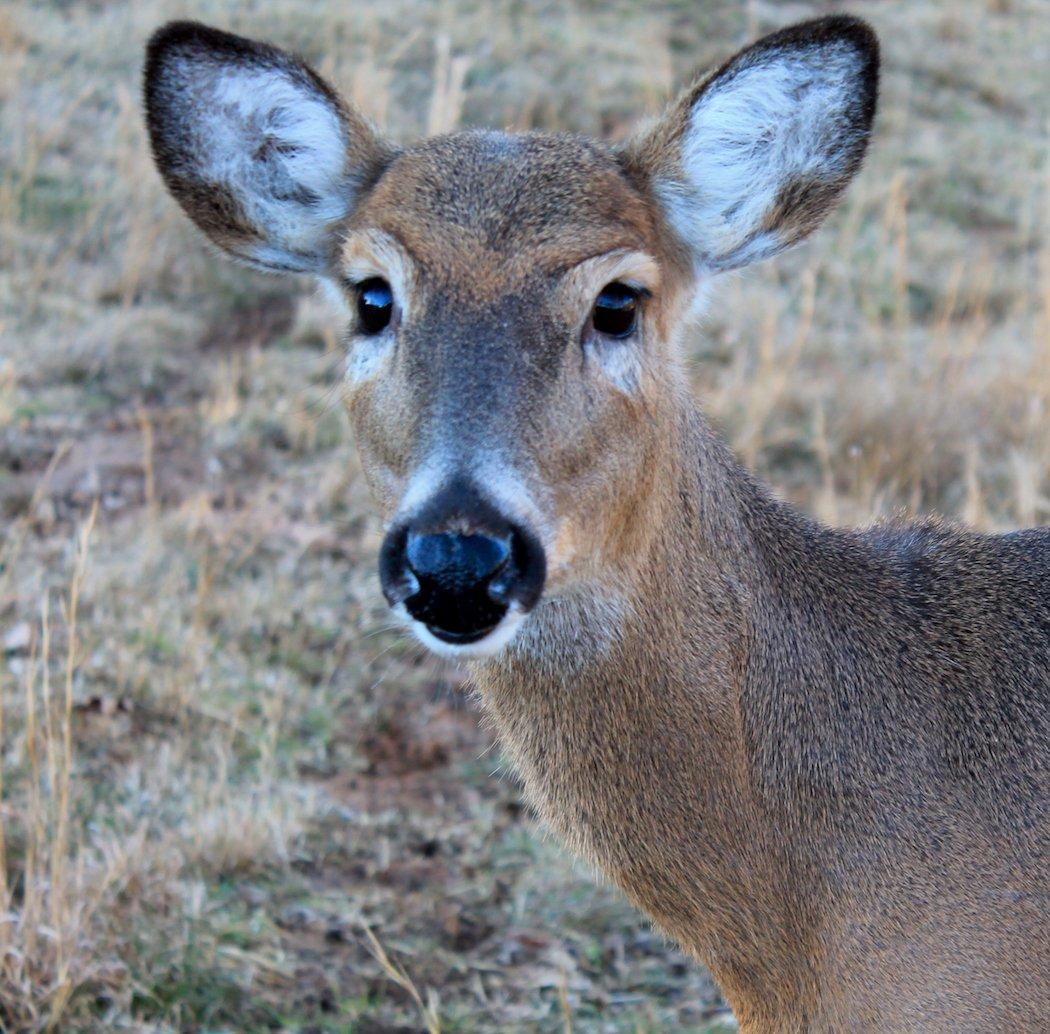
The truth is that we hear relatively similar to whitetails. Studies show that they hear high-pitched sounds slightly better than we do. Humans hear low-pitched sounds slightly better than deer. And deer have a slight upper-hand on mid-range intensities.
Photo credit: Josh Honeycutt
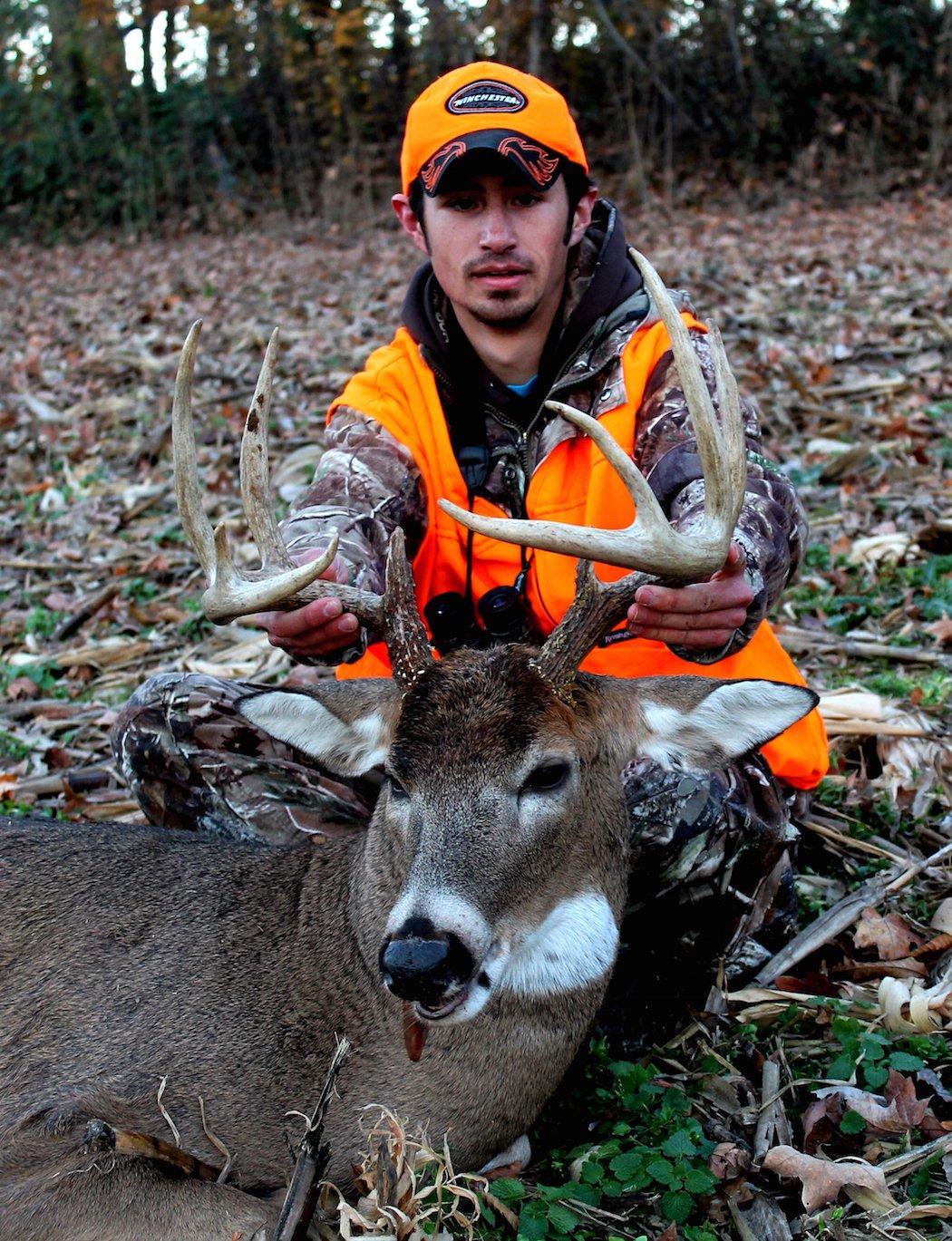
The vast majority of antler deformities are injury-related, not genetic. Injuries to the pedicle, velvet antlers during the growing phase and bodily injuries (these show up the following and subsequent years) will often result in deformities in the antler. Killing a deer with such a deformity does nothing to improve overall antler production in the herd.
Also, as we've already discussed, both the buck and doe contribute to the genetic makeup of a buck's antlers. This is another reason it is virtually impossible to influence antler production in wild whitetails by culling inferior bucks.
Lastly, recent studies show that many bucks may only sire (on average) one to three fawns in a single year. Other bucks do well to sire that many fawns in a lifetime. So taking out that one deer ‚ if it has genetically-undesirable antlers ‚ will have very little effect on the overall gene pool. Other studies produced results that showed no change between two adjacent farms where one operated under a cull policy and the other didn't.
There is even more evidence to support the fact that culling is not an effective method of increasing overall antler production. But the underlying message derived from them all is that hunters cannot improve overall herd antler production with a cull policy. Instead, the two factors that real-life hunters can influence are age and nutrition. Let deer get older. Give them more nutrients necessary for good health.
Photo credit: Marty Honeycutt

This might be the most-believed myth there is. However, study after study (even on hunted properties) has shown that deer movement does not decrease during the month of October. Instead, both buck and doe movements (daylight included) gradually increase from September to November.
The biggest reason hunters believe in the October lull is because deer transition from summer to fall ranges between mid-September and early October. Not only that, but they transition from summer food sources to fall food sources, too. Therefore, deer are going through a lot of changes and many hunters do not adapt their stand locations to follow these changes. They keep hunting in locations they were seeing deer before, instead of where deer are relocating to. Hunters must constantly adapt.
Photo credit: Bruce MacQueen/Shutterstock

Boatloads of research goes against the once-believed theory that the moon phases (or rutting moon as some refer to it) dictate when deer breed from year to year. The fact of the matter is that deer in the northern half of the country breed according to photoperiod, or daylight length. And the research ‚ fawn conception date studies derived from fetuses from harvested does ‚ shows does are bred within the same small window every year.
The reasons this must occur is because fawns in the northern states (generally north of the 36th latitude) have to drop during a certain window in spring to have enough time to reach a certain weight before winter. This is not a relevant factor in the southern states, and that is why breeding dates range from July to February (south of the 36th latitude), depending on location.
Photo credit: Bill Konway
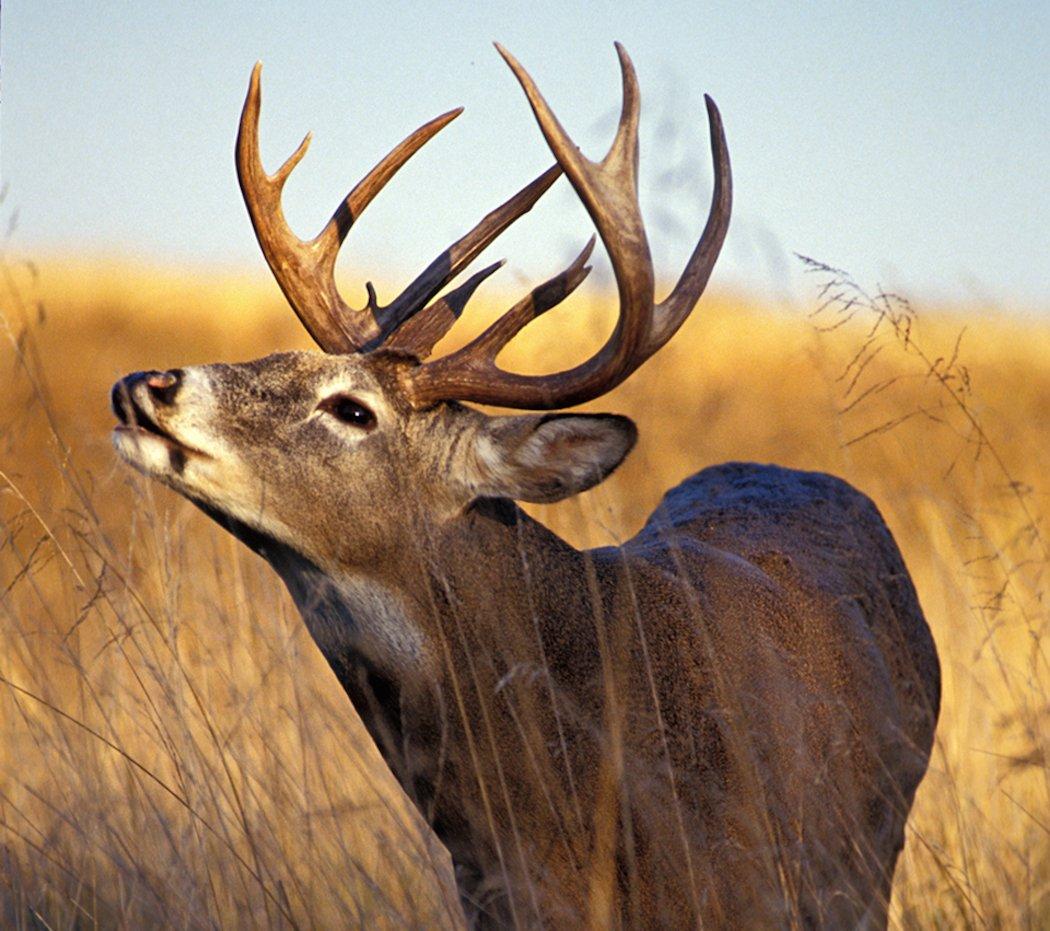
This too is another myth I once believed. When in reality, it is false. I can write enough to fill a book on the use of estrus scents and their (lack of) effectiveness. But I won't. I'll stick to the lip curl.
When a buck lip curls, the urine-scent from the doe passes across the vomeronasal organ in the roof of the buck's mouth. However, the reason we know for sure this is not the buck checking for estrus status is because that organ does not lead to the decision-making part of a buck's brain. Instead, it leads to a part of the brain that controls physiological and reproductive responses. In essence, it's a sexual stimulant for bucks. When a buck is flehman (lip curling), it's elevating its body to be in peak breeding status the same time the doe is.
Photo credit: Denver Bryan/Images On The Wildside
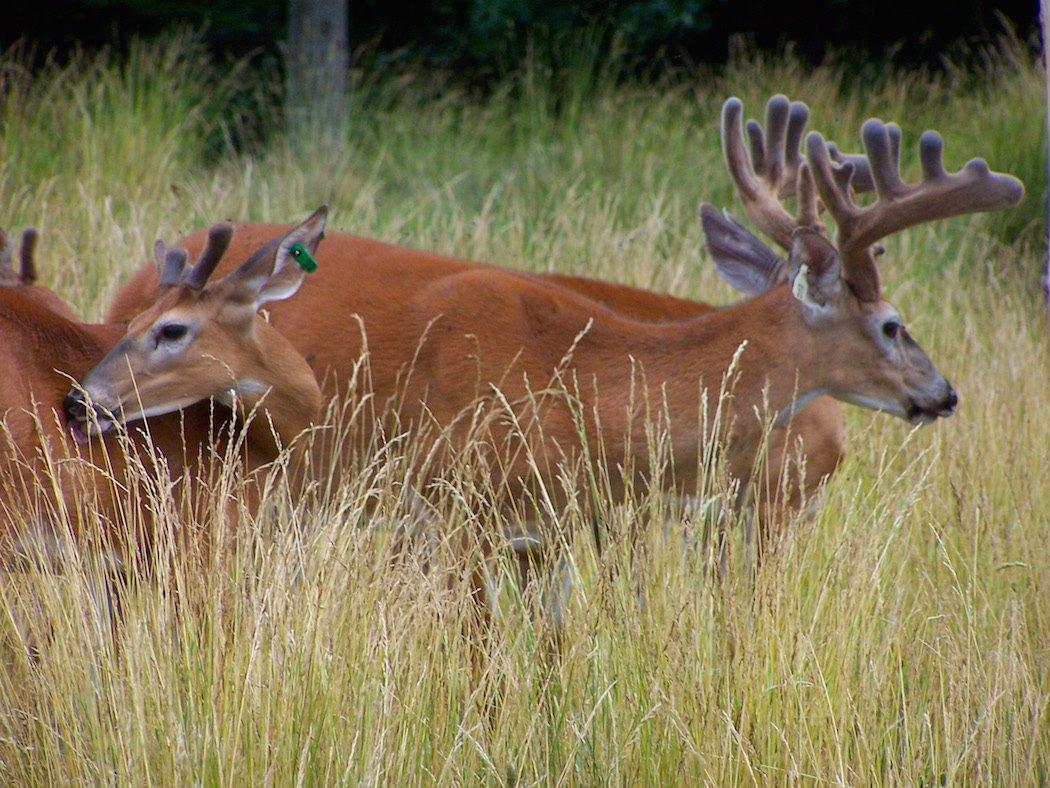
First off, 79 percent of the public (anti-hunters, non-hunters and hunters included) view hunting free-ranging whitetails as acceptable. While only 20 percent view hunting on high-fenced preserves as such. Only about 4 to 5 percent of Americans hunt, so hunters rely on that same group of individuals to keep the right to hunt.
Chronic Wasting Disease (CWD) is becoming more and more prevalent in captive herds. It's now found in 26 states and two Canadian provinces. Nearly 80 percent of one Iowa captive herd had CWD. The risk of transporting pen-raised deer, and the risk of pen-raised deer escaping from high-fenced enclosures are very real. According to the Quality Deer Management Association (QDMA), in 2003, the Wisconsin DNR reported 671 escapees from enclosures and 436 of those were never found. Similar stories have developed in Wisconsin since then as well as in other states. Think that doesn't pose a threat to wild whitetails? Think again.
The QDMA, Boone & Crockett Club, Pope & Young Club (their stance), and countless other organizations that have wild whitetails' well-being in mind have taken stances against transporting captive (and wild) cervids. And all things considered, I have too. The science- and fact-based truth that the transportation of captive and wild deer serve as a very real health risk to all wild whitetails.
But, as mentioned, it isn't just limited to captive deer. This ban on the transportation of whitetails extends to work with wild deer, too ‚ both dead and alive. Hunters shoudn't move carcasses lengthy distances, either. And most states now have bans on taking deer outside of CWD zones and across state lines.
All things considered, the transportation of cervids (captive and free-ranging) must end. It poses too big a risk.
Photo credit: Josh Honeycutt
Editor's Note: This was originally published May 31, 2016.
Click here for more deer hunting stories and how-to's.







